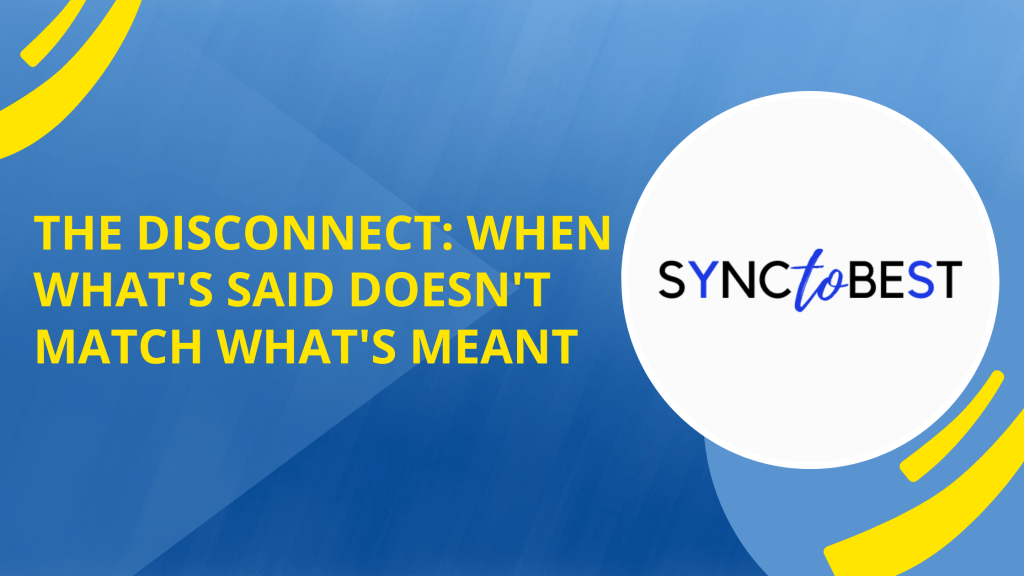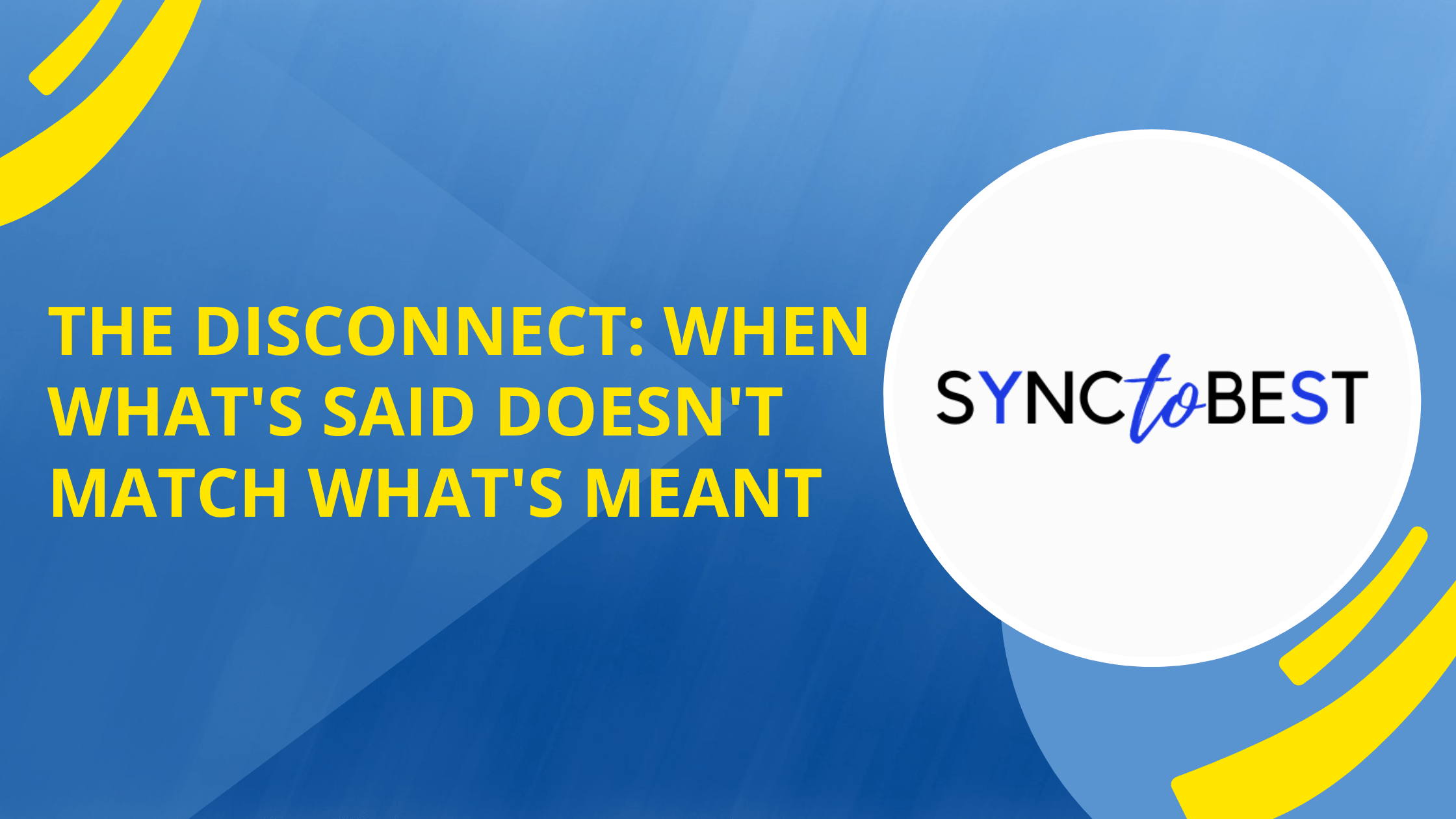Communication is a funny thing. Sometimes, we say one thing but mean something entirely different. It can lead to confusion, misunderstandings, and strained relationships. In this article, we’ll dive into why this disconnect happens and explore strategies for improving communication to bridge the gap between our words and intentions.
The Tricky Nature of Language
Words Aren’t Always Crystal Clear
Let’s face it—words can be tricky. They have different meanings depending on the context, our personal experiences, and even cultural backgrounds. So, what we say may not always accurately convey what we actually mean. It’s like playing a game of telephone—by the time the message reaches its destination, it might be completely different!
Context Matters—a Lot!
When it comes to understanding what someone means, context is key. It’s not just about the words themselves; it’s also about the situation, tone of voice, and body language. Without considering the bigger picture, it’s easy to misinterpret someone’s words and completely miss their true intentions.

Hidden Intentions and Unconscious Biases
Our Beliefs Shape Our Interpretations
We all have our own beliefs and biases that influence how we interpret what others say. Our past experiences, cultural backgrounds, and personal perspectives color our understanding of communication. These biases can create a gap between what’s said and what we think is actually meant, leading to misunderstandings and conflicts.
The Power of Nonverbal Cues
It’s not just about the words we use—nonverbal cues speak volumes too! Facial expressions, gestures, and tone of voice give us valuable clues about someone’s true intentions and emotions. But here’s the tricky part: interpreting these cues correctly is an art. We can easily misread them, adding another layer to the gap between words and intentions.
Building Trust and Empathy
Really Listening and Validating
To bridge the gap between what’s said and what’s meant, we need to be excellent listeners. Active listening means fully engaging in the conversation, paying attention to both verbal and nonverbal cues, and showing that we genuinely care. Validating the speaker’s feelings and experiences builds trust and encourages open and honest communication.
Asking Questions and Seeking Understanding
When there’s a mismatch between words and intentions, don’t jump to conclusions—ask questions instead! Seek clarification and gain a deeper understanding of the other person’s perspective. By doing so, we show that we value their point of view and are committed to resolving any miscommunications.
Creating Open and Transparent Communication
A Safe Space for Honest Conversations
To encourage genuine communication, we must create a safe and inclusive environment. Everyone should feel comfortable expressing themselves without fear of judgment or backlash. This allows for open and transparent conversations where we can bridge the gap between words and intentions.
Speaking Honestly, Without Beating Around the Bush
Let’s be real—honesty is the best policy! When we speak honestly and directly, we minimize the chances of misinterpretation. By using clear and concise language, we ensure our message gets across accurately. This approach fosters understanding and reduces the confusion that can arise from mismatched words and intentions.
Conclusion
Communication can be a tricky beast, but understanding the gap between what’s said and what’s meant is crucial. By acknowledging the complexities of language, being aware of unconscious biases, and valuing nonverbal cues, we can bridge this gap. Building trust, practicing active listening, seeking clarification, and creating open and transparent communication are essential steps toward clearer, more meaningful connections.

